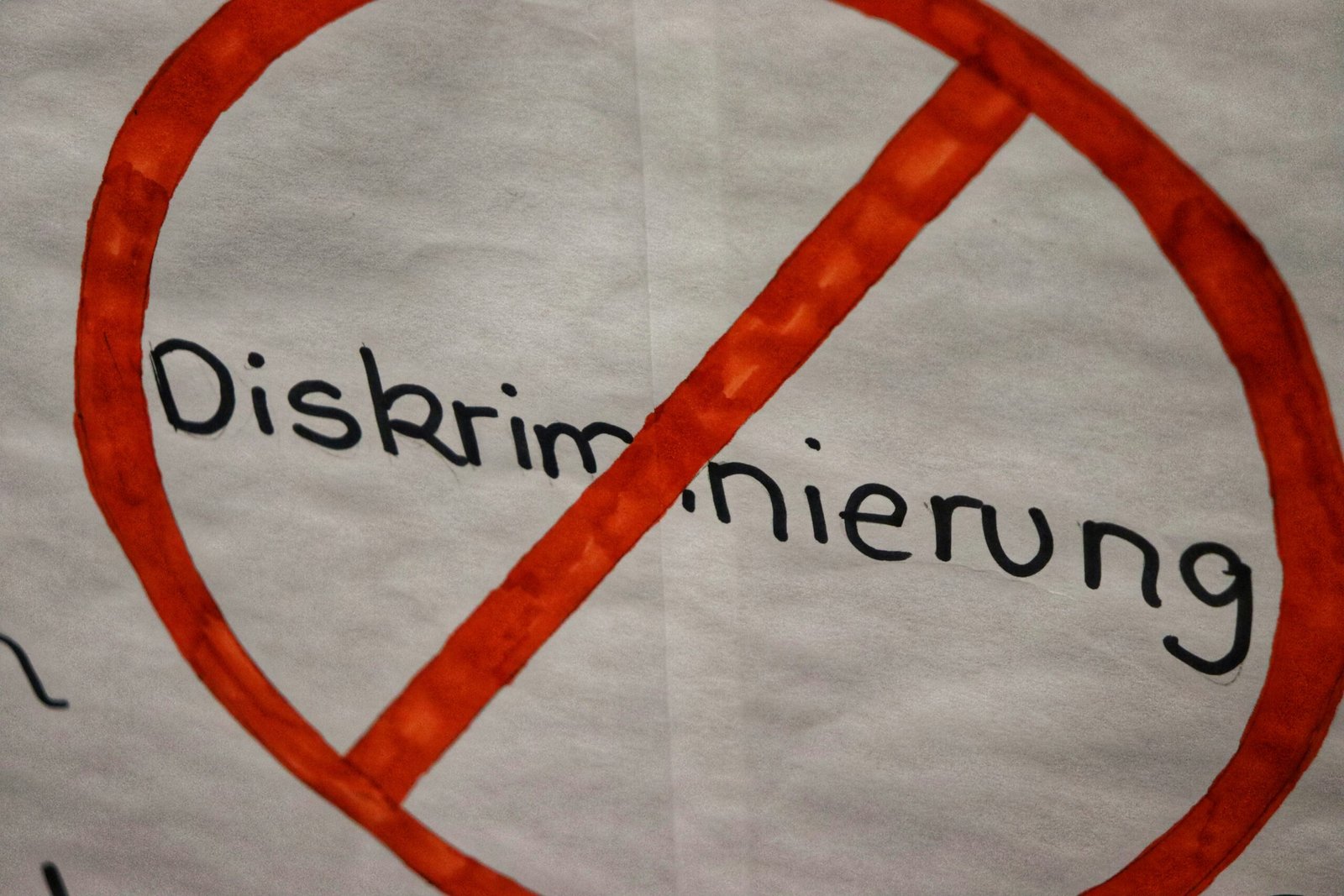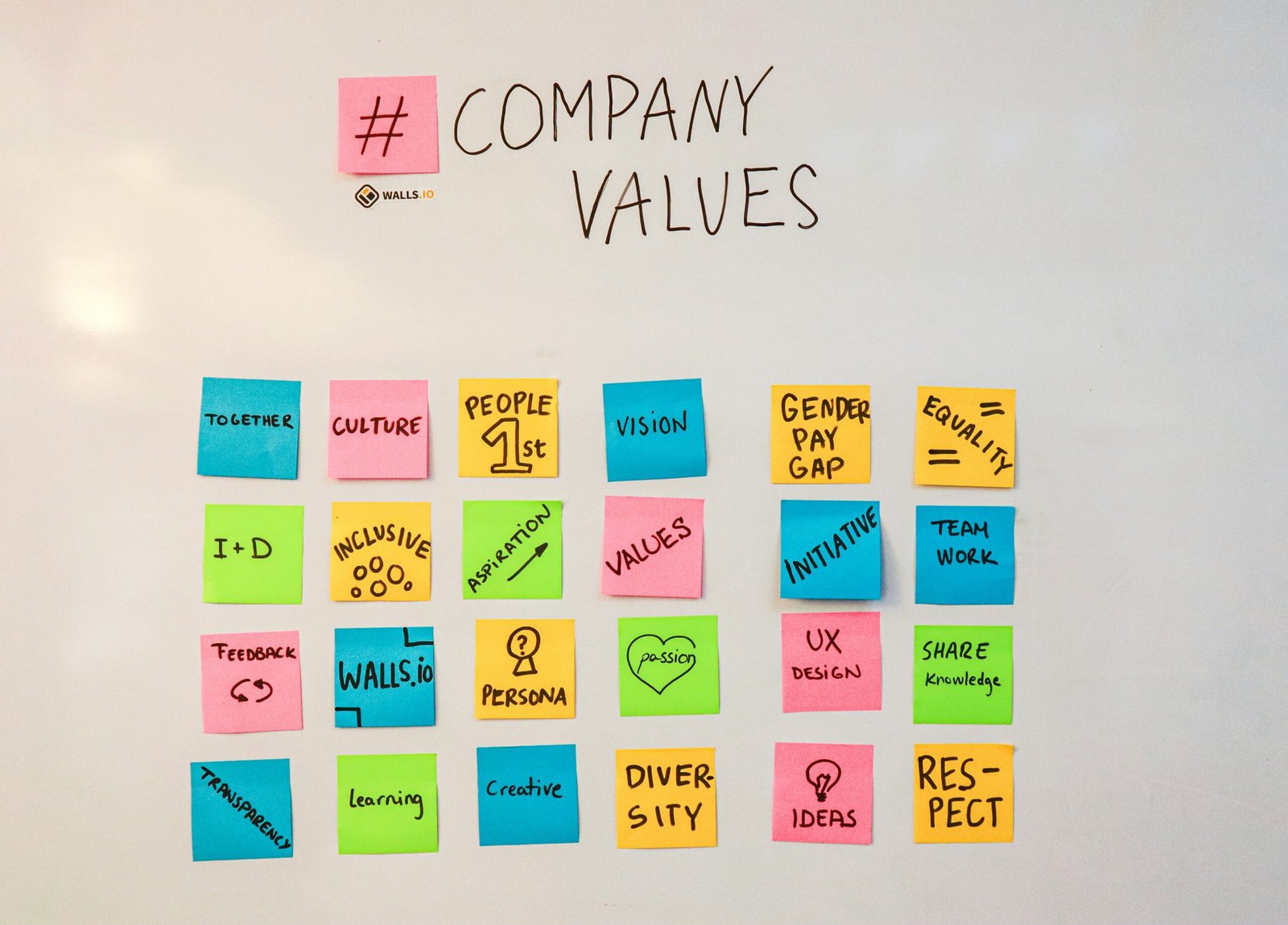Understanding Bias in Hiring
Bias in hiring refers to the inclinations or prejudices that can unconsciously influence the selection of candidates during the recruitment process. It often manifests in various forms, including gender bias, racial bias, and age bias, among others. Gender bias may lead to preferences for candidates of a particular gender, which can prevent qualified individuals from being considered based solely on their gender identity. Similarly, racial bias can impact decision-making by favoring candidates who fit a specific racial or ethnic background, effectively marginalizing diverse applicants who may bring unique perspectives and experiences. Age bias, on the other hand, tends to favor younger candidates while disregarding the skills and wisdom that older employees can contribute to an organization.
The implications of these biases are profound, as they can significantly hinder an organization’s efforts to foster diversity and inclusivity. A workplace that lacks diversity may become homogenous, potentially stifling creativity and innovation. Diverse teams have been shown to outperform their less diverse counterparts due to a variety of viewpoints leading to more comprehensive problem-solving and decision-making approaches. Furthermore, biased hiring practices can adversely affect workplace culture, resulting in lower employee morale, reduced job satisfaction, and higher turnover rates. Organizations that fail to address these biases may struggle to create an equitable environment that attracts and retains top talent, ultimately diminishing overall company performance.
Recognizing the presence of bias in hiring processes is the first step toward establishing a fair and transparent recruitment strategy. By understanding the different types of biases and their potential consequences, organizations can implement measures to mitigate their impact. This understanding is especially critical in today’s competitive landscape, where diverse and inclusive workplaces are increasingly linked to business success and sustainability. Ultimately, striving for an unbiased hiring approach not only promotes fairness but also enhances team dynamics and drives organizational growth.
The Role of AI in Identifying Bias
Artificial intelligence (AI) has emerged as a powerful tool in identifying and mitigating biases within hiring processes. By leveraging sophisticated algorithms and data analysis techniques, AI can systematically scrutinize recruitment data to recognize patterns that may indicate bias against specific demographic groups. The implementation of AI-driven tools allows organizations to analyze vast quantities of candidate profiles, résumés, and other recruitment-related data efficiently and objectively.
One significant way AI aids in bias detection is through the analysis of language and sentiment in job descriptions and candidate communications. Natural language processing (NLP) algorithms can be employed to examine the wording used in job listings, uncovering potentially biased phrases that might deter qualified candidates from applying. By identifying and rectifying such language, organizations can create more inclusive job postings, which is a crucial step towards equitable hiring practices.
Furthermore, AI systems can assess candidate performance data and feedback to pinpoint trends where certain groups may be unfairly disadvantaged in the selection process. For instance, if an AI tool detects that a particular demographic consistently ranks lower in interviews despite comparable qualifications, it can flag this discrepancy for further investigation. This proactive approach enables human resource teams to address latent biases before they affect hiring outcomes.
Nevertheless, it is vital to recognize the importance of data quality and diversity when training these AI models. Bias can inadvertently be perpetuated if an AI system is trained on historical hiring data that contains inherent biases. Therefore, organizations must ensure that their training datasets are representative and diverse, incorporating various demographic groups to create a fairer and more balanced AI tool for bias detection. By prioritizing data integrity and inclusivity, businesses can enhance the efficacy of their AI systems, ultimately fostering a more equitable hiring landscape.
Implementing AI Solutions for Fair Hiring
Incorporating AI solutions into hiring processes offers organizations the opportunity to enhance fairness and mitigate bias. The first critical step involves selecting the appropriate AI tools tailored to the organization’s specific needs. Organizations should assess various AI platforms for their capabilities in analyzing recruitment data and identifying patterns of bias. Key factors to consider include the algorithms used, the data inputs required, and the transparency of the AI systems. It is essential to select tools that are designed with fairness as a priority, minimizing the risk of embedding existing biases within the AI’s learning mechanisms.
Once the appropriate AI tools have been identified, training HR personnel in the interpretation of AI-driven insights becomes paramount. This training should equip HR professionals with the necessary skills to understand the analytics generated by AI systems and to make informed decisions based on these insights. For this reason, organizations should invest in comprehensive training programs that emphasize the ethical implications of AI technology in hiring practices. This education not only enhances the effectiveness of AI implementations but also fosters a workplace culture focused on equity in recruitment.
Additionally, organizations need to ensure smooth integration of AI tools within existing hiring workflows. This may require revisiting current practices and systems to accommodate new technologies effectively. Streamlining the data inputs used by AI systems will facilitate accurate outcomes and bolster the recruitment process. Furthermore, stakeholders should engage in continuous monitoring and periodic adjustment of AI models to validate their effectiveness and fairness over time. Regular assessments can help organizations identify any emergent biases and refine their AI solutions accordingly, creating a dynamic hiring environment that prioritizes inclusivity.
Challenges and Ethical Considerations
The use of artificial intelligence (AI) in hiring processes presents several challenges and ethical considerations that must be addressed to prevent adverse outcomes. One significant concern is the potential for flawed algorithms to introduce new biases rather than eliminate existing ones. If the algorithms are trained on historical hiring data that reflects past discriminatory practices, they may inadvertently perpetuate these biases in future hiring decisions. This underscores the importance of regularly auditing and updating AI systems to ensure they incorporate fair practices and represent diverse applicant pools.
Another critical issue is data privacy. In order to effectively utilize AI for bias detection, organizations often need access to sensitive personal data from applicants. This raises ethical questions about consent, the purpose of data collection, and the risk of potential data breaches. The implications of misusing applicant information can be substantial, influencing not just hiring decisions but also individuals’ future opportunities and livelihoods. Organizations must implement stringent data protection measures to maintain the integrity and confidentiality of this sensitive information.
Accountability is also paramount in deploying AI for hiring. As AI systems become more autonomous, determining responsibility for biased decisions can become complex. It is essential for organizations to establish clear frameworks that delineate accountability in the event of adverse outcomes resulting from AI decisions. This may involve implementing oversight boards or employing diverse teams to oversee AI development and usage, ensuring that multiple perspectives are considered. Additionally, fostering a culture of transparency will help build trust among applicants and stakeholders alike.
To navigate these challenges, organizations should adopt best practices for ethical AI use in hiring. This includes setting clear guidelines for AI implementation, engaging in continuous dialogue with stakeholders, and prioritizing human oversight in critical decision-making processes. By doing so, companies can better leverage AI for bias detection while actively mitigating the risks associated with its use.









